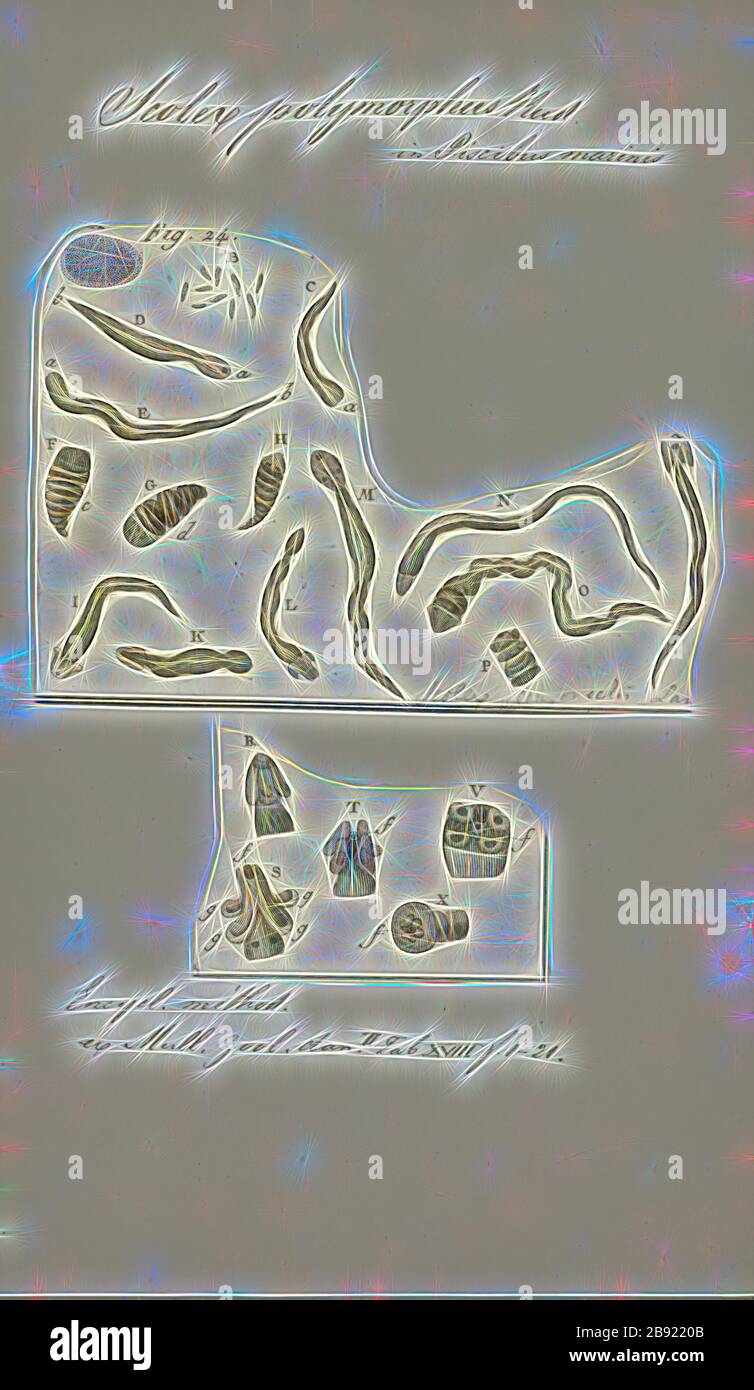

Parasitic forms feed on the tissues of their hosts. The free-living species of flatworms are predators or scavengers. The flatworms are acoelomates, so their bodies are solid between the outer surface and the cavity of the digestive system. The mesodermal tissues include mesenchymal cells that contain collagen and support secretory cells that secrete mucus and other materials at the surface. The epidermal tissue is a single layer cells or a layer of fused cells (syncytium) that covers a layer of circular muscle above a layer of longitudinal muscle. Flatworms have three embryonic tissue layers that give rise to surfaces that cover tissues (from ectoderm), internal tissues (from mesoderm), and line the digestive system (from endoderm). Many flatworms are parasitic, including important parasites of humans. All of the remaining flatworms discussed here are part of the Rhabditophora. However, the offspring do not fully attach from the parents and, resemble a chain in appearance. These worms typically reproduce asexually by budding. The Catenulida, or "chain worms" is a small clade of just over 100 species.


The Platyhelminthes consist of two lineages: the Catenulida and the Rhabditophora. Most of the flatworms are classified in the superphylum Lophotrochozoa, which also includes the mollusks and annelids. The flatworms are acoelomate organisms that include many free-living and parasitic forms.


 0 kommentar(er)
0 kommentar(er)
